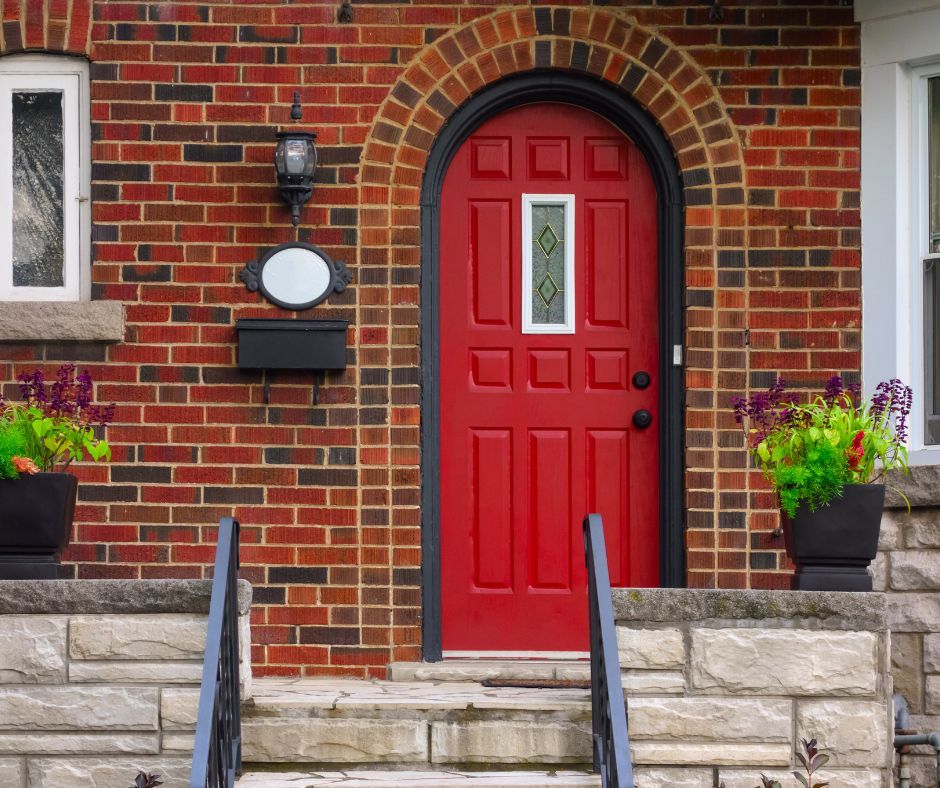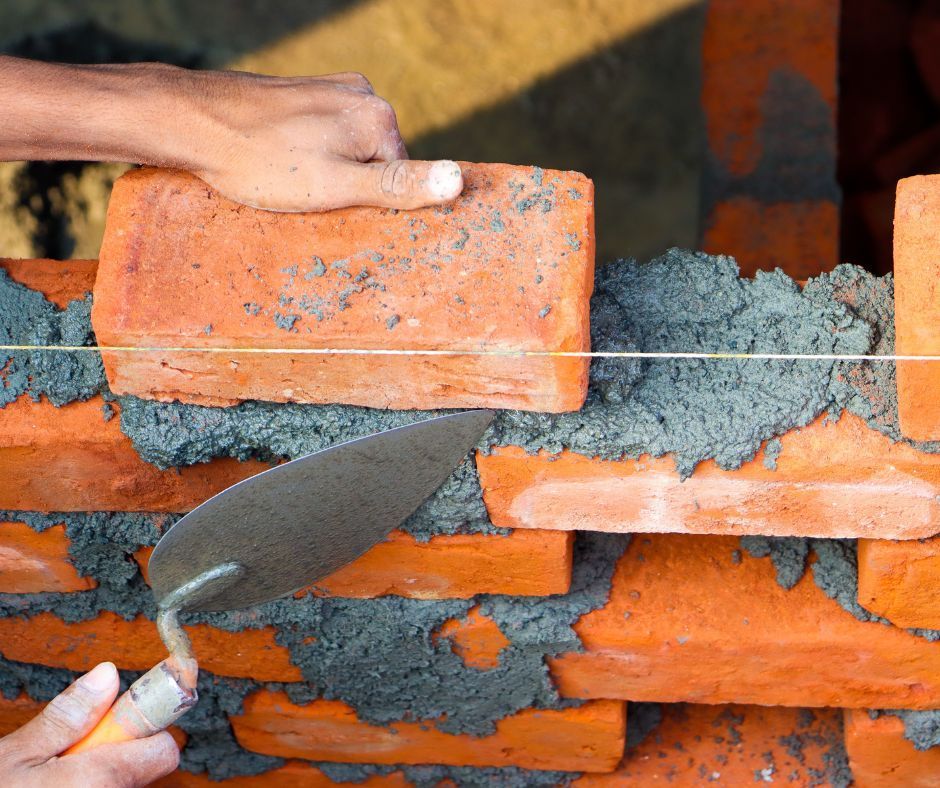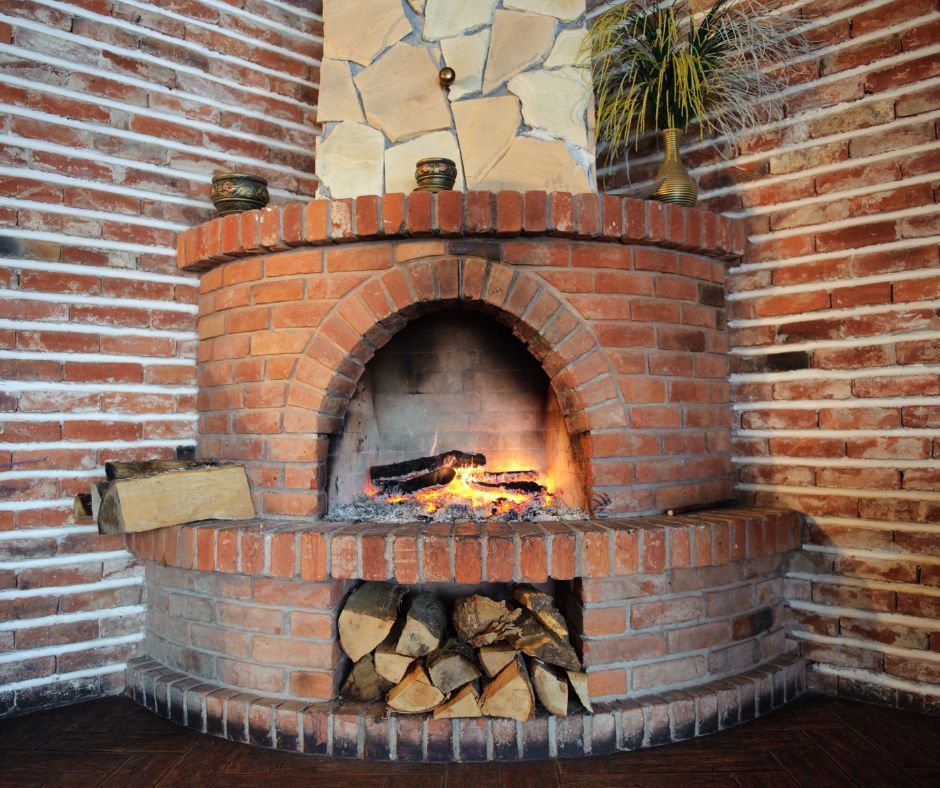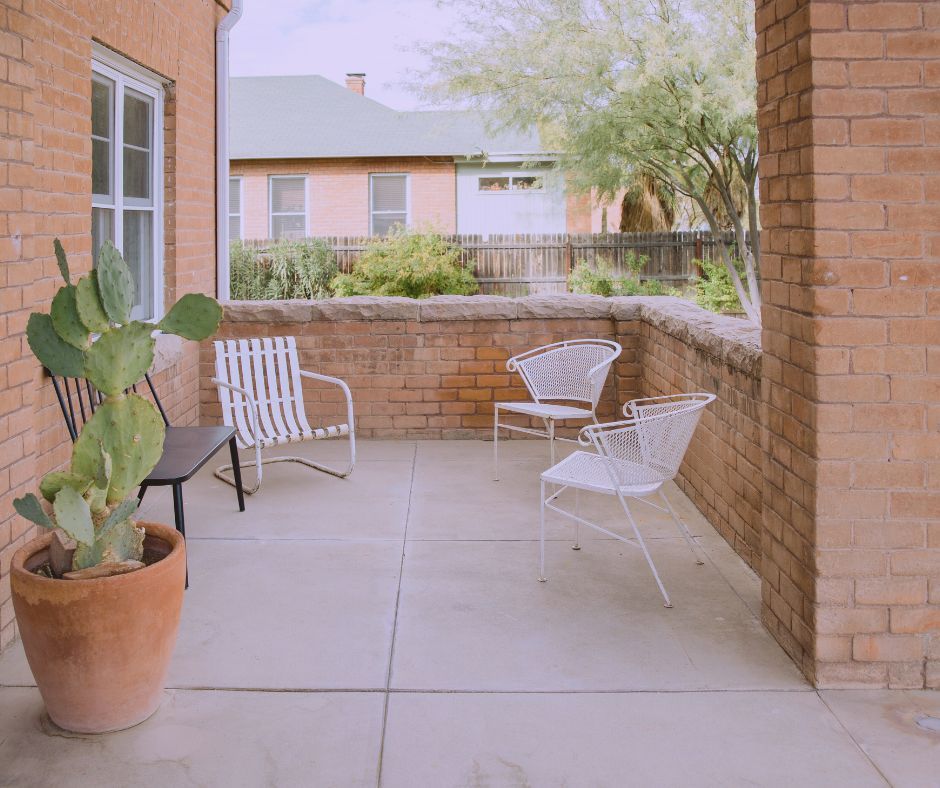How to Replace Cavity Wall Ties in Brick Structures
We all know how much we rely on the sturdiness of our homes and when it comes to brick structures, cavity wall ties are one of the vital parts that hold everything together. Over time, however, these ties can deteriorate and if left unchecked, they can lead to major issues. Replacing cavity wall ties is crucial to maintaining the integrity of your walls and preventing further damage.
That said, this isn’t a job you can just jump into. This complex process requires expertise. From inspecting your walls to installing the new ties, this task needs to be handled carefully to ensure your structure stays safe and strong. In this article, we’ll take a closer look at the right process of how to replace cavity wall ties and the dangers of replacing the cavity wall ties when you do it DIY.
How to Replace Wall Ties: Overview
Wall ties are the connectors between the inner and outer layers of a brick wall which helps keep everything stable and secure. They’re critical in preventing your walls from moving apart and ensuring the overall strength of the structure. When these ties get damaged or corroded, they can compromise the stability of your masonry structure and lead to potential structural failure.
Properly replacing damaged wall ties is essential for the safety and longevity of your brick structure. It ensures that your walls remain strong and intact, protecting your home or building from further damage.
Replacing Cavity Wall Ties: Key Considerations
Before jumping into replacing wall ties, there are a few important factors to keep in mind as to how to replace cavity wall ties to ensure the job is done right.
Check for Signs of Wall Tie Failure
Keep an eye out for signs like cracked bricks or along the mortar joints, bulging walls or rust stains on the bricks. These are often indicators that your wall ties are failing and need attention.
Identify Brick Wall Type
Not all brick walls are the same. Solid brick walls (with no cavity) don’t need wall ties, whereas cavity walls have a space between the inner and outer brick layers. This affects how wall ties are spaced and installed, so it’s important to know which type you have when replacing ties.
Have Your Wall Checked by a Professional
It's always best to have a professional assess the condition of your wall. They can accurately diagnose wall tie failure, assess the extent of the damage and recommend the best course of action for your particular situation.
Tell-Tale Signs for Replacing Cavity Wall Ties
When it’s time to replace cavity wall ties, there are a few key signs to look out for:
- Horizontal cracks along mortar joints – These cracks often appear as a result of the pressure from failing wall ties.
- Rust stains or corrosion on brick surfaces – Rust marks on bricks indicate that the wall ties inside are rusting and need replacing.
- Bulging or bowing walls – When the ties fail, it can cause the wall to shift, leading to visible bulging or bowing.
If you notice any of these signs, it’s time to get the wall checked out by a professional.
How to Replace Cavity Wall Ties
Here’s a glimpse into the process of how to replace wall ties when you bring in a professional to handle the work.
Identify the Positions of the Existing Cavity Wall Ties
Professionals locate the areas of the existing cavities first. They use tools designed to accurately locate the existing wall ties for cavity walls, where ties are hidden between layers of brick.
Measuring and Marking the Position for the New Replacement Wall Ties
Proper tie spacing is important in ensuring your walls stay stable. The recommended wall tie spacing are:
- Walls Without Openings: Ties are spaced about every 450 mm vertically and 900 mm horizontally.
- Walls With Openings: Additional ties are installed around windows and doors for added support in these areas.
Installation of the Replacement Wall Ties
When it comes to installing new ties, experts like Keystone Pointing ensure they penetrate both the inner and outer walls securely, using high grade materials and state-of-the-art equipment for long-lasting durability. This careful installation ensures the ties work effectively to maintain the structural integrity of your walls.
Dangers of DIY in Replacing Cavity Wall Ties
While the idea of tackling home repairs yourself can be tempting, how to replace wall ties the right way is a task that’s best left to the professionals. Here’s why:
Inaccurate Assessment
When attempting to diagnose the issue on your own, there’s a risk of misjudging the problem. Without the right tools and expertise, DIYers may miss signs of wall tie failure or make incorrect assumptions, which could lead to ineffective repairs down the track.
Improper Installation
Getting the positioning and spacing of the ties right is crucial for the wall’s stability. If wall ties are installed incorrectly, it can weaken the structure rather than strengthen it.
Structural Damage
Using inadequate tools or improper techniques can cause even more damage to your walls. What might have been a simple replacement could turn into expensive repairs if the wrong approach is taken.
Safety Hazards
Replacing cavity wall ties often involves working at heights, which comes with its own set of risks. Without the proper safety gear and training, the chances of accidents increase, putting you and others at risk.
Increased Costs
Poor workmanship from a DIY attempt can end up costing much more in the long run. Errors made during installation may require costly repairs to fix, making a cavity wall tie replacement by professionals a more cost-efficient option in the end.

Keystone Pointing - The Experts in Replacing Cavity Wall Ties
Replacing cavity wall ties is a critical job to maintain the safety and durability of your brick structure. When done correctly, it ensures your walls stay strong and secure, preventing costly issues down the line. This is why professional expertise is essential to ensure everything is assessed accurately and installed properly.
At Keystone Pointing, we know exactly how to replace cavity wall ties with care and precision. We use the right tools and techniques to make sure your walls stay stable for the long haul. We also offer other services like lintel replacement and brick repointing to keep your brick property in its pristine condition.
If you're concerned about your wall ties, get in touch with us for a chat or a quote. We're here to help make sure your place stays safe and sound.
CONTACT US
Contact us today for your free consultation.
We service all of Sydney including Sydney city, Eastern Suburbs, Northern Beaches, Inner West, South West, Western suburbs and North Shore.
Blog Post Contact Form
We will get back to you as soon as possible.
Please try again later.
More Posts Like This:
CONTACT US
Contact us today for your free consultation.
We service all of Sydney including Sydney city, Eastern Suburbs, Northern Beaches, Inner West, South West, Western suburbs and North Shore.
Footer Contact Form
We will get back to you as soon as possible.
Please try again later.

Keystone Pointing is Sydney’s leading brick repointing and masonry restoration specialists with over 14 years industry experience.
BUSINESS HOURS
- Mon - Fri
- -
- Saturday
- -
- Sunday
- Closed
Licence number: 361776C
ABN: 55275797857
Keystone Pointing | Proudly Powered by DSD


